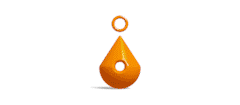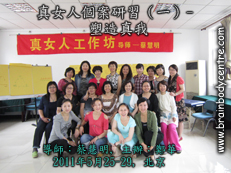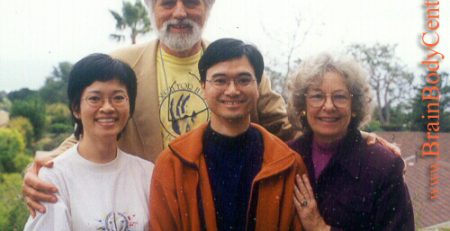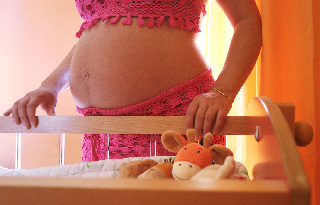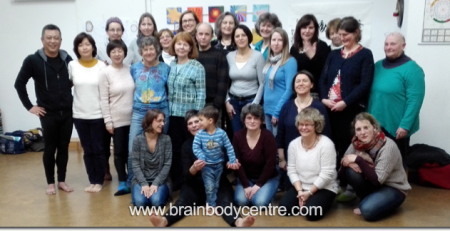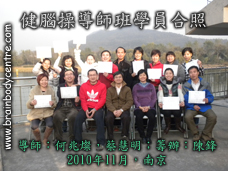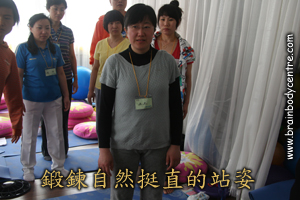Is Your “Foundation” still Strong?
by Conrad Ho, Hong Kong, 18 March 2018
When my grandfather on my mother’s side was living in his home village near Foshan, Guangdong, he was once a private school teacher, with a part-time job selling his own Chinese calligraphies and paintings as well as being a Chinese herbalist doctor. Being soaked in this atmosphere of traditional Chinese medicine (TCM) for so long, My mother had picked up some TCM knowledge here and there, and nourishing soups for health maintenance purpose in particular. For instance, gastrodia elata and angelica dahurica with a big fish head was good for healing headache; angelica sinensis and codonopsis pilosula with lean pork for nourishing yin; and even the rarely-known prescription of rehmannia glutinosa with crocodile meat for relieving skin sensitivity and itchiness. I was young and could not understand when grandfather and mother talked about something like: the daughter of who and who was of “cold” foundation; the son of who and who, of “hot” foundation. At that time, I only knew that the normal body temperature was approximately 36.7゚Celsius. Temperatures higher than that meant fever and the person needed to consult a doctor; temperatures lower implied body weakness and tendency to be sick later on. The person needed to take nourishing foods to be strengthened. However, what did the term “foundation” mean? Did it mean the buttock? It did not sound like it.
When I studied TCM, I asked the university professors directly. The explanation given by them was that when a person was affected excessively by pathogenic factors in the internal and external environments and could not bear, pathological symptoms would emerge (a person who can endure these factors would give out physiological responses). If person’s usual state was full of pushes from without or stubbornness from within, thereby brewing over-energy as described in TCM, his pathological response was called solid heat. The reader could liken it to the state of a machine being operated over its capacity for a long time but not to the extent that its hardware was worn. However, if this over-use state persisted, or the person had become old, or life was harsh, so that his usual state developed into contempt from without or lack of confidence from within, thereby incubating under-energy, his pathological response was called hollow heat. If this condition further deteriorated, it would develop into hollow cold. The reader could imagine that the machine was operated over its capacity for a long time to the extent that some of its hardware was worn out and was still able to be repaired after lots of effort (Given the parts could be replaced, it was still possible to restore it to its full function, though difficult.) A person of solid or hollow heat was deemed to have a “hot foundation”, and a person of hollow cold, a “cold foundation”. The term “foundation” refers to the original energy state of our body, and is not related to the stimulus.
I had studied for 6 years in the TCM degree program jointly organized by the TCM department of The University of Hong Kong and Peking University, nearly completing all of the courses. Then the university required me to take a six-month clinical practicum at Guangzhou Hospital of TCM in order to obtain my degree qualification. At that time, my company was struggling during the SARS epidemic in 2003-4 and my wife had just given birth to our second son, who was two years younger than the eldest son. I could not cope and had chosen to give up the TCM degree, though I had kept on pursuing TCM knowledge in my self-studies and applying this knowledge in my daily life.
In my caseworks and Qinesiology® courses (including “The Twelve-Meridian Balances”, “The Eight-Extraordinary-Meridian Balances”, “Yin Yang Balances”, “The Five-Element Balances” and “The Qi-Circulation Balances”) related to the meridians, I had been deliberating the accurate meaning of the “foundation”. I realized that all activities required energy consumption. According to the meridian theory, the design of the human body has incorporated multiple levels of energy reserves in order to ensure the continuing supply of sufficient energy.
The first is the operational reserve which refers to the energy in the Twelve Meridians themselves in excess of the daily consumption level for backup purpose, i.e. lung meridian, large intestines meridian, stomach meridian, spleen meridian, heart meridian, small intestines meridian, bladder meridian, kidney meridian, circulation-sex meridian, triple warmer meridian, gallbladder meridian and liver meridian. The operational reserve is like the excessive cash in our physical and electronic purses which could be used at any time to handle the petty transactions of the unexpected needs in our daily lives.
The second is the back-up of the operational reserve which refers to the energy in the Governing Vessel of the Eight Extraordinary Meridians for standby purpose. In normal circumstances, the energy stored here is rarely used. The back-up of the operational reserve is like the money kept in the bank savings account. The amount is bigger than the excessive cash in the purse. It is readily available but you must undergo some procedure and trouble in order to use it to complete the smaller transactions of the rare needs in our daily lives.
The third is the safety reserve which refers to the energy in the Central Meridian of the Eight Extraordinary Meridians for safety purpose. It will be called upon only when some emergency has arisen. It is like the money kept in the fixed deposit account of our bank, not readily available. This reserve is to deal with bigger transactions of emergency needs in our daily lives.
The fourth is the back-up for safety reserve which refers to the energy in the Chong Meridian of the Eight Extraordinary Meridians for extra security against extreme emergencies. In particular, the energy of Chong Meridian is used for the protection of kidney essence which is the ultimate safety net of the Twelve Meridians. It is like the wealth stored in various short-term investments (not cash at all, for example, the stocks of listed companies) that we must sell before we can use to arrange for big transactions of special needs in our daily lives.
When these four kinds of reserves are still insufficient, the human body has the last “firewall” – the kidney essence. When we encounter catastrophic events, we will use it as the last resort. We have to go through complicated processes and it takes longer time before we can use it. It is like the wealth stored in fixed assets such as real estates. The sale proceeds is to close major transactions of extraordinary needs in our daily lives.
Based on Conrad Ho’s personal experience and judgment, the narrow sense of the “foundation” is the total amount in the fifth reserve of the kidney essence; while the broad sense is the aggregate amount of these five reserves. I invite the readers to rethink your life styles: whether you have adequate energy renewal and refill in parallel to your energy consumption. Is your “foundation” still strong?
